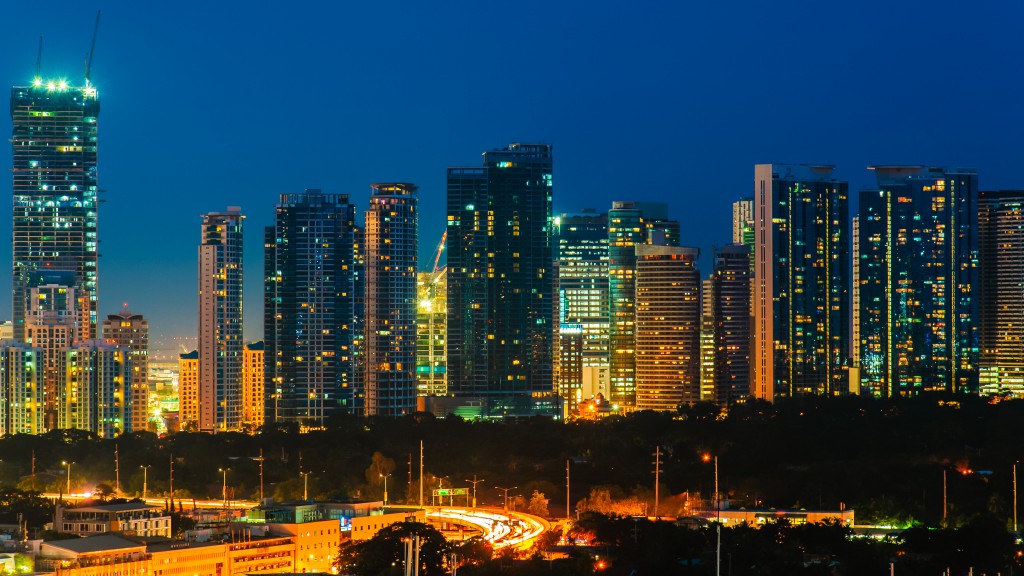It’s in no way an exact science, but keeping an eye on a few tell-tale signs will help you decide whether an area is a future real estate hotspot.
With property arguably being the largest investment almost everyone can make, it is important to make sure it has a high likelihood to make dividends. The key aspect to that assessment goes back to the often repeated, but no less truthful, real estate cliché: location, location, location.
Simply put, the ideal way to make money off of real estate is to be able to buy affordably in an area before it experiences a sudden and significant increase in demand, or at least during the early stages.
Yet how exactly does one determine which locales are the next real estate hotspots? Well, it’s in no way an exact science, as hot-spotting is more short-term speculation than it is long-term investment. So at the best, the way to go is make as much an informed decision as possible:
1. Always be updated with different developers’ upcoming projects
Multi-use townships have been on the rise in the past few years, with different communities or mixed-use townships featuring various conveniences and amenities rising in various places around the country. Prime examples of such developments with significant success include Bonifacio Global City, Mactan Newtown, McKinley West, Arca South, and Altaraza Town Center, among others.
It is paramount to be mindful of when developers announce the start of such projects, and keeping in mind that major players like Ayala Land or SMDC would not embark on major projects without completing their due diligence regarding the areas they are building in. In essence, hot-spotting is already done for you.
2. New land acquisitions
In the same extent, keeping abreast of where developers purchase land for their land-bank can also help in recognizing which areas are to become the next real estate hotspots. As previously mentioned, developers would not spend significant amounts of their funding haphazardly, and would expectedly conduct research on the locales they invest and make sure it can indeed continue to thrive and develop for the foreseeable future.
3. Keep abreast of the events in the local economy
Anything and everything that happens in the local economy affects an area’s real estate market. Naturally, a local economy that is more active is better as a real estate hotspot. By studying recent trends, insights can be made as to which areas would most likely enjoy a growth in real estate even before it happens. Such insights could include the pace of urbanization, success in tourism, local employment rates, and the like.
An example can be something as simple as the rise of business process outsourcing facilities in an area. The increased establishment of BPO facilities in an area can easily mean more people, BPO companies, and other businesses demanding real estate.
4.Monitor government news and activity
Local leadership is a significant factor in local real estate and the overall economy of an area. If a city or municipality has a significant amount of political unrest or inconsistent governance, anyone would have second doubts of living or investing in the area.
Conversely, if local leaders are effective in their legislations and are able to lead the locale into becoming safer and more livable, then demand for real estate is almost always a benefit follow.
5. Determine if history is on your side
For any of the aforementioned tips to be effective, you must conduct as much extensive research as possible. As the quote by Theodore Roosevelt goes, “the more you know about the past, the better prepared you are for the future.”
So if it’s the exploits of a developer that has you looking to a location as a possible real estate hotspot, it’s best to look at the success rate that developer has had in the past, as well as their overall reputation. It goes without saying that history and previous trends will be indicative of how local government or economy may turn out in the future. So check out the best option courtesy of Lamudi Philippines.





